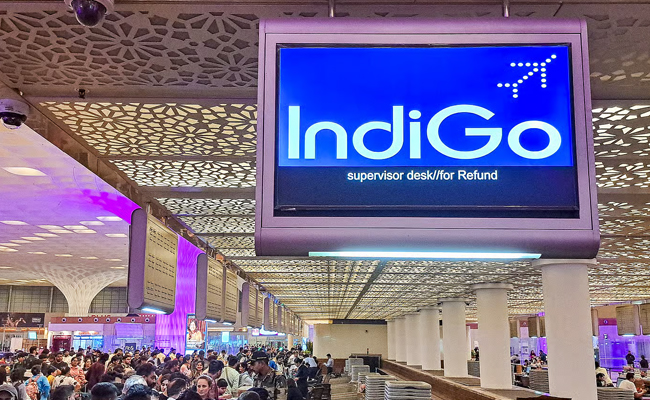Bengaluru, July 1: Water Resources Minister DK Shivakumar said that when youth Congress leader Srinivas was arrested for blackening the face of Sri Rama Sene leader Pramod Mutalik, he had helped him get the bail.
Felicitating BV Srinivas who was elected as the national Youth Congress vice president at a programme at Palace Ground in the city on Sunday, the Minister said that Srinivas was arrested when he and his friends blackened the face of Mutalik for protesting the Valentine’s Day. No other leaders had come forward to support Srinivas. But he had helped him get the bail, he recalled.
One who fights more and one who becomes more controversial would become the leader. He would support the youth and guide them, he said.
On the way to become a leader, one should face lot of hurdles. But he should be firm in his decision and work to cross all such hurdles. The person who wants to become a leader should not hesitate to any incidents. Not all are lucky to work in Congress. Those who get that opportunity would not desert the Congress. Those who knew about the party would remain as loyalist to the party. The society would identify those who serve the society. So, everybody should have service mentality in the party, he said.
'Rahul will be PM'
National Youth Congress vice president BV Srinivas said that his would remain in the Congress till his last breath and it was his aim to make Rahul Gandhi as the Prime Minister. “When I blackened the face of Mutalik, efforts were on to oust me from the Congress for three times. Then KPCC working president DK Shivakumar helped me to remain in the party”, he said.
Rajya Sabha Member GT Chandrashekar, Jayanagar MLA Soumya Reddy, state Youth Congress vice president Kemparaju, AICC secretary Ravi and others were present.
Let the Truth be known. If you read VB and like VB, please be a VB Supporter and Help us deliver the Truth to one and all.
Bengaluru (PTI): The Karnataka government has issued directions to municipal corporations across the state to regulate and prohibit feeding pigeons in public places, citing serious public health concerns.
Deputy Secretary to Government V Lakshmikanth has written to the Urban Development Department requesting it to issue directions to the Greater Bengaluru Authority (GBA) and all municipal corporations to take immediate steps to implement the measures.
In an official note dated December 16 issued by the Health and Family Welfare Department and released to the media on Wednesday, the department said uncontrolled feeding of pigeons in public places has resulted in large congregations of birds, excessive droppings and serious health concerns, particularly respiratory illnesses linked to prolonged exposure to pigeon droppings and feathers such as hypersensitivity pneumonitis and other lung diseases.
ALSO READ: Chinese GPS tracker found on seagull near Karwar Coast
"The commissioner, the Greater Bengaluru Authority and the Commissioners and chief officers of other municipal corporations shall take necessary action to mitigate the causes of dangerous disease spread by pigeon and enforce specified guidelines in their respective jurisdiction," the note said.
According to the department, these include a prohibition on feeding pigeons or causing pigeons to be fed in areas where it may cause nuisance or pose a health hazard to the public. Pigeon feeding shall be permitted only in designated areas in a controlled manner, subject to certain conditions.
"The designated areas may be selected in consultation with stakeholders. The responsibility for upkeep of the designated areas and compliance to the directions shall be taken up by some charitable organisation or an NGO. The feeding in designated areas shall be permitted only for some limited hours in the day," it said.
The note further stated that authorised officers of local authorities shall issue on-the-spot warnings and may impose fines for violation of the order, or lodge complaints to prosecute offenders under Sections 271 (Negligent act likely to spread infection of disease dangerous to life) and 272 (Malignant act likely to spread infection of disease dangerous to life) of the Bharatiya Nyaya Sanhita.
It also directed local authorities to conduct public awareness campaigns, including the display of signboards, banners and digital messages, explaining the health hazards associated with pigeon droppings and feathers, the content of the regulatory directions and penalties for violations, and alternative humane methods of bird conservation that do not endanger public health.





